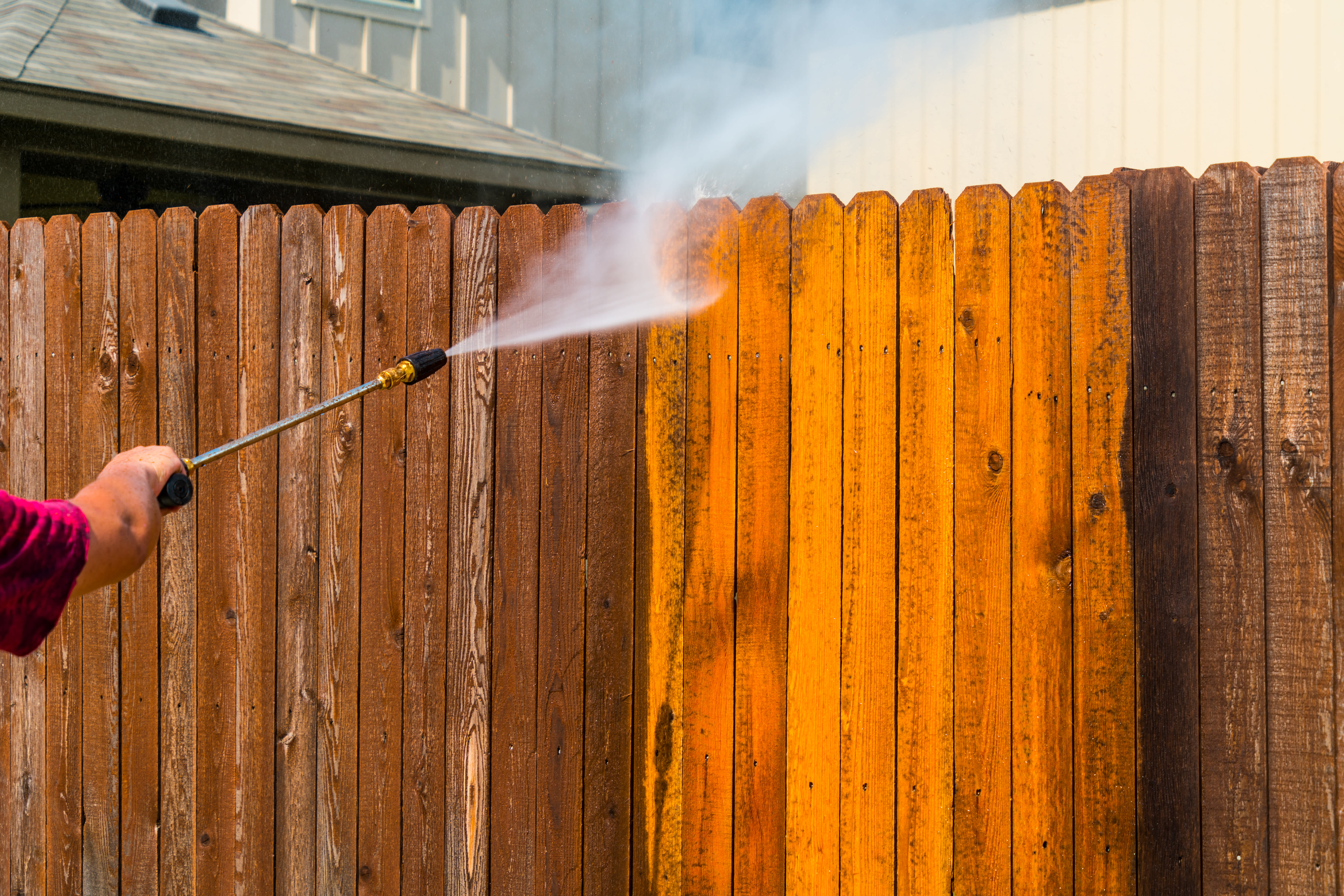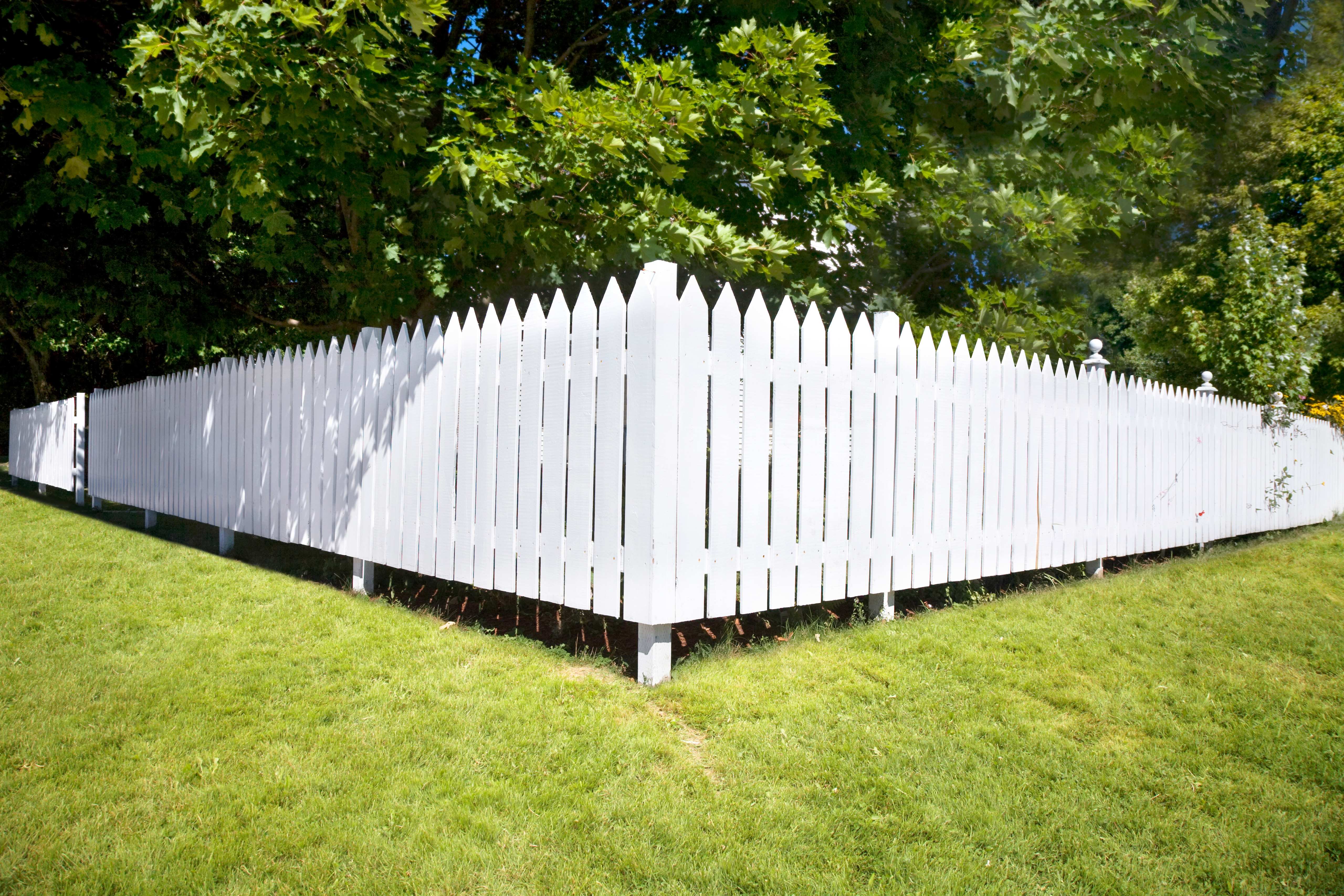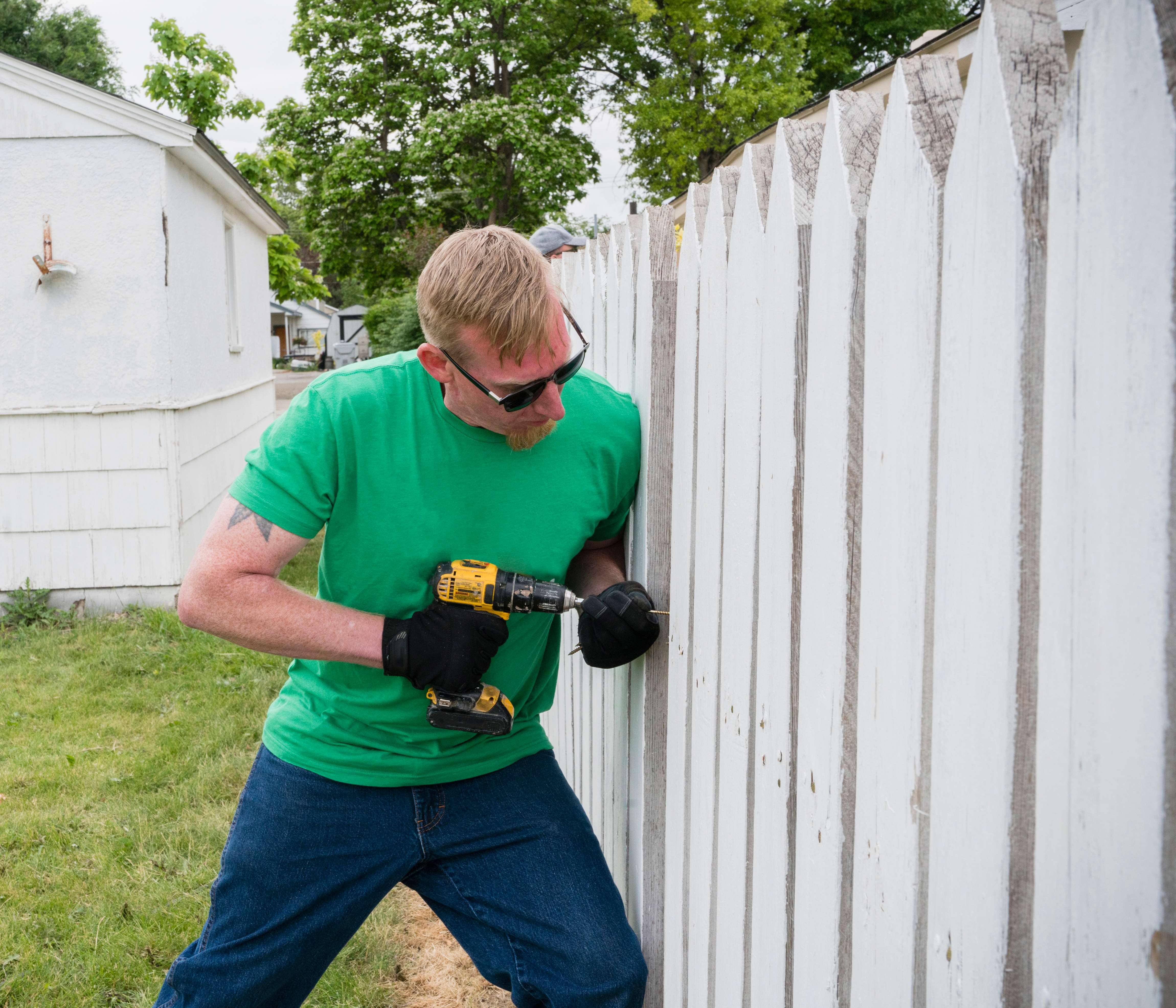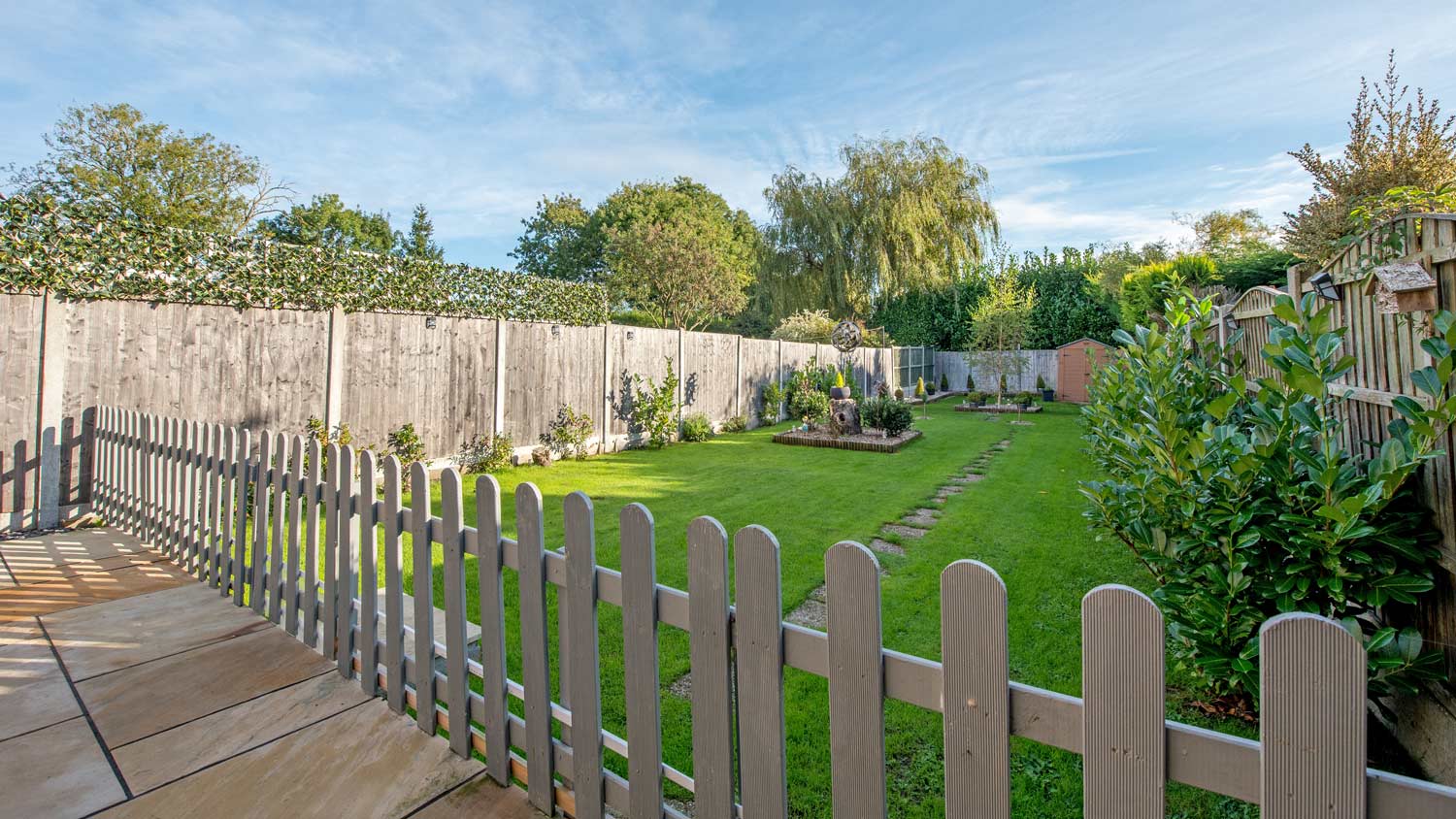
Explore the key factors that impact vinyl fence installation costs in Columbus, OH, including labor, materials, permits, layout, design, and yard conditions.
Keep your fence in great shape year-round


A good fence is designed to withstand the elements, but regular maintenance is required to keep it in proper shape and maximize its lifespan. Upkeep ranges from simple repairs to more elaborate measures. Here are the eight most important maintenance tips for every fence type.
You won’t know if your fence is having issues if you don’t take a thorough look at it every so often. Spotting red flags early on prevents problems from becoming more serious and more costly. Inspect your fence at least once a year, but you can do so more often. Walk along both sides of the fence and keep an eye out for these key warning signs:
Warped or rotting wood
Loose or missing planks
Signs of termites, including droppings, tunnels of mud called “mud tubes” on the fence or nearby ground, or a hollow sound when tapping parts of the wood
Rusted or corroded metal
Fading or peeling paint
Missing screws, nails, or brackets
Areas that lean or sag

Cleaning a fence isn’t just for aesthetics (although it helps in that regard, too). Removing dirt, mold, and mildew prevents deterioration and extends a fence’s lifespan. A well-maintained fence also boosts a house’s resale value.
The best method for cleaning a fence depends on the material, but most fences can be washed with water and dish soap or vinegar. It’s also worthwhile to power wash a fence, which you can do yourself or hire a professional to do. Stains and debris can be removed with a soft-bristle brush.
Trimming the vegetation in your yard helps fence stability and longevity in numerous ways. Cutting nearby grass and shrubs prevents moisture from building up at the bottom of your fence. Luckily, this is a simple task that most homeowners do regularly. It can be impossible to cut all the tree branches hanging over a fence, but try to trim as many as possible. Falling tree limbs, caused by a storm or high winds, are a common cause of fence damage.
Not every type of fence requires a protective coating, but most do benefit from them. Staining your fence or adding a layer of sealant or paint will help it last longer and look better.
Along with applying a protective coating to the fence when it’s installed, it’s also essential to recoat your fence every few years, based on the manufacturer’s recommendations. This graphic breaks down the best coatings based on the type of fence you have:
| Coating Type | Fence Material | Reapplication |
|---|---|---|
| Paint | Wood and metal | 2–3 years |
| Stain | Wood | 2–5 years |
| Sealant | Wood | 2–5 years |
| Powder coating | Metal | 15–20 years |
| UV-protective spray | Vinyl | 1–3 years |

It’s best to leave a small gap between the bottom of your fence panels and the ground. If a fence touches the ground (besides at its posts), there’s likely to be a buildup of moisture, which causes mold, mildew, and rot. This tip is especially important for wood fences because the material is prone to rot and water damage.
The culprit behind a rotting fence could be your very own sprinkler system. If sprinkler heads are too close and consistently spray water onto a fence, the moisture will lead to decay and rot. Place your sprinklers far enough away, or adjust the settings, so they don’t spray onto your fence.

Address rotted fence posts or railings as soon as possible. Rotted wood weakens a fence’s structural integrity and also makes the barrier less secure, allowing unwanted critters to get in and pets or young children to sneak out. If you wait too long, repairs could become more expensive.
The location and severity of the rot determine if you can repair it or if you need to replace the entire post or railing. Small areas of rotted wood can be scraped out and patched with wood filler or epoxy. Large sections of rotted wood, especially on fence posts, likely necessitate replacement. In such cases, it’s worth hiring a fence repair pro in your area to restore the rotted areas.
Even if you don’t have a metal fence, there’s a good chance your fence has metal parts like latches, fasteners, bolts, nails, or screws. Start by inspecting all metal parts for rust, bending, or damage. If possible, remove rust with a wire brush or sandpaper and a liquid solution, whether it’s specialized rust remover or a DIY mixture of vinegar and lemon juice.
For chain-link, wrought-iron, and aluminum fences, apply a layer of protective, weather-resistant paint every few years. Lubricate hinges and latches at least once a year to keep them working properly. Finally, look for loose screws, bolts, or nails and tighten or replace them as needed.
From average costs to expert advice, get all the answers you need to get your job done.

Explore the key factors that impact vinyl fence installation costs in Columbus, OH, including labor, materials, permits, layout, design, and yard conditions.

A new fence adds privacy, improves safety, and even boosts curb appeal. But how much does fence installation cost? Find out in this guide.

A fence can be a beautiful and functional addition to your property. Learn all the factors that determine your fence installation costs in Columbus, OH.

Looking to install a fence in your yard? Learn more about building one with fence pickets versus panels with this guide.

A board on board fence costs more than the typical privacy fence because of the increased materials and installation complexity. Estimate your cost with our guide.

If you assumed your hilly yard disqualified you from building a fence, think again. Here’s how to build a fence on a slope, including two ways to do so.